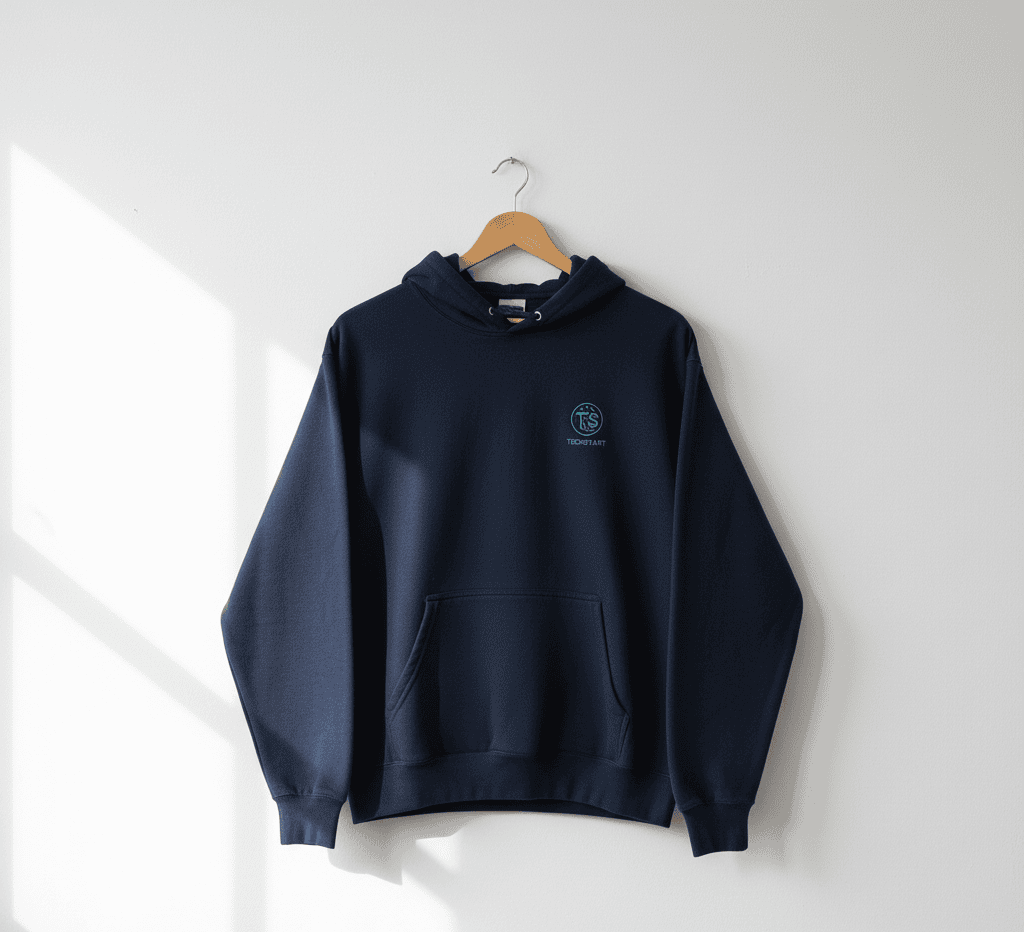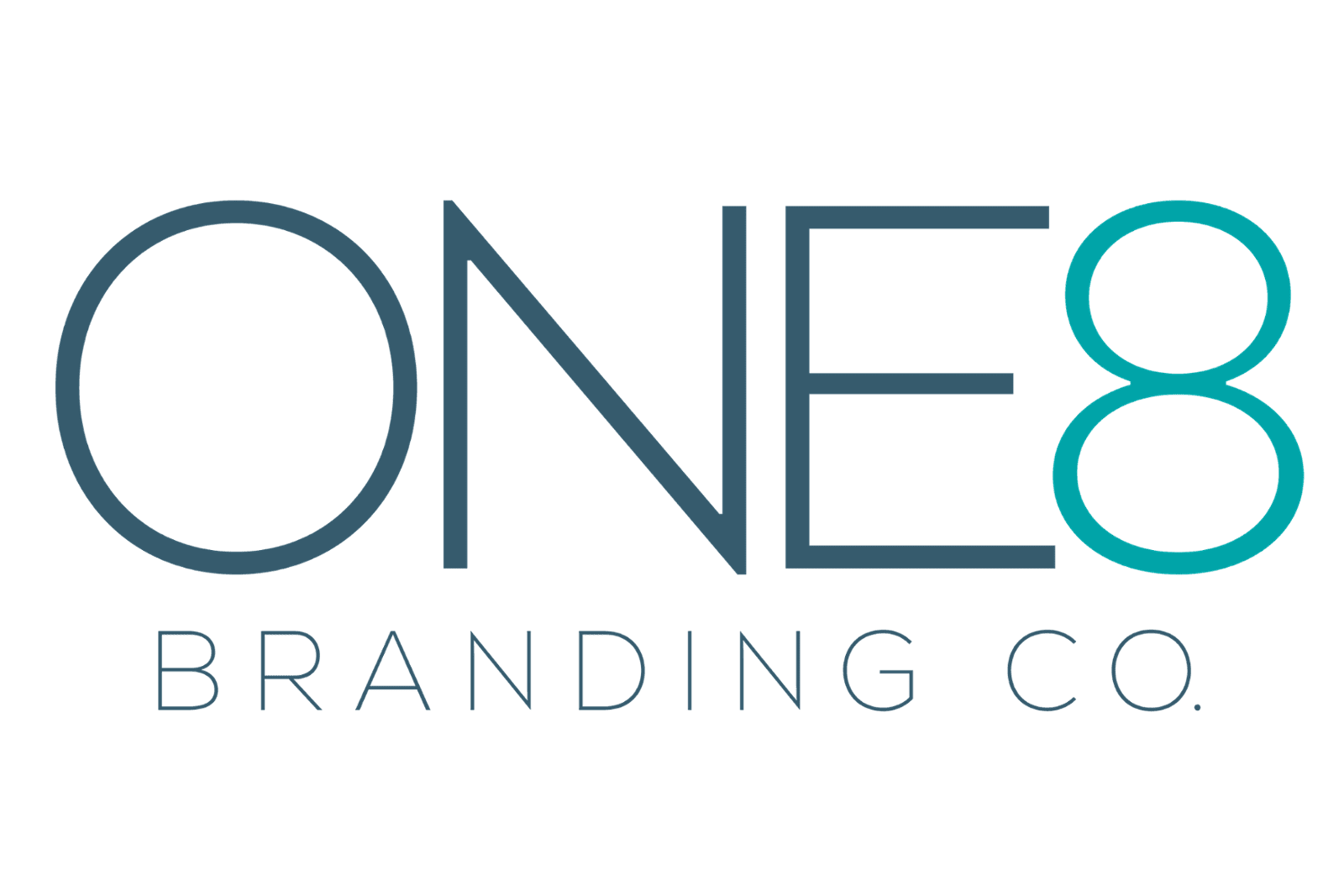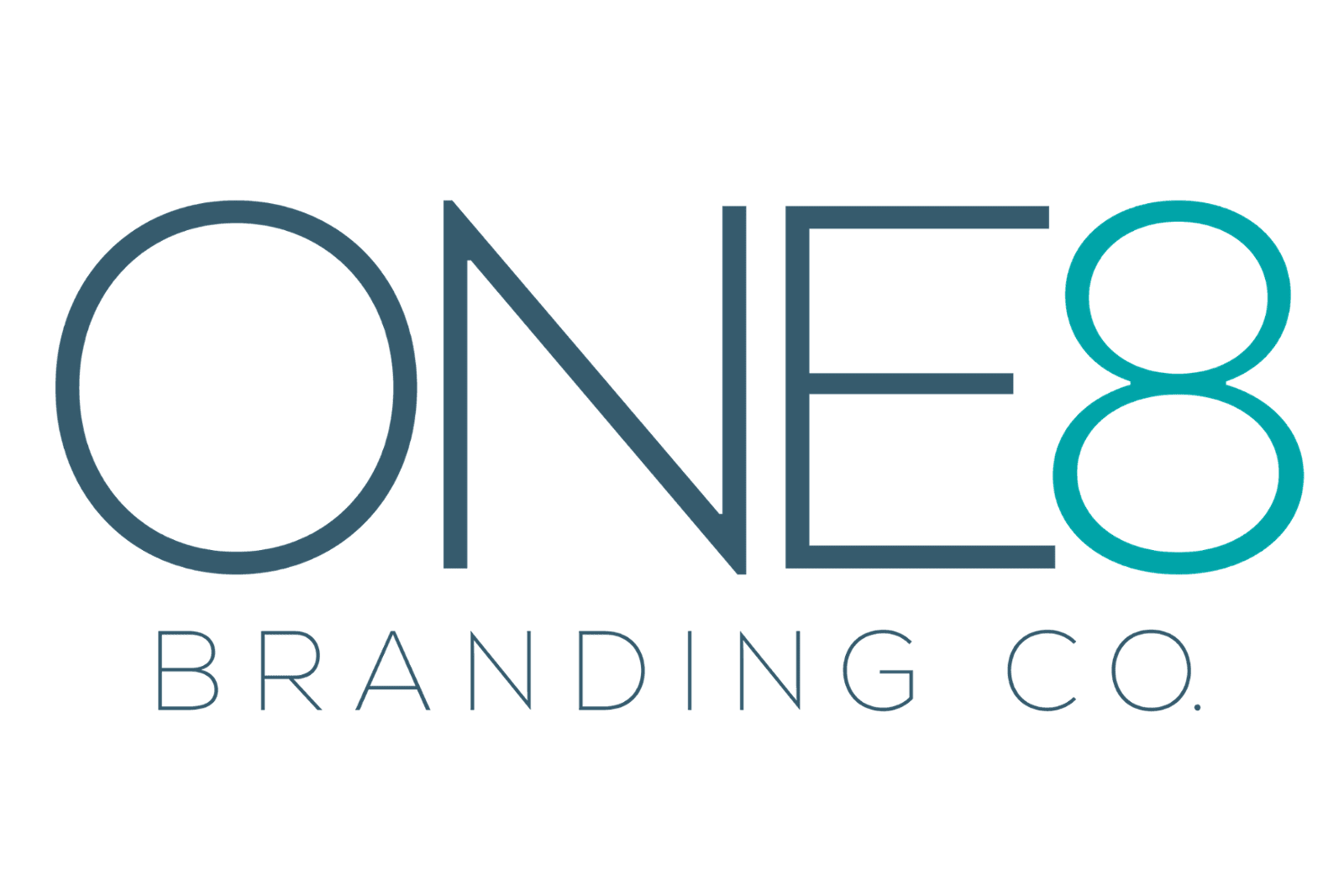
Every Demo Day looks the same.
Navy hoodies. Gray t-shirts. Maybe a branded tote if the accelerator is feeling fancy. Walk into any startup event and you’ll see fifty founders wearing the exact same uniform, like they all raided the same closet at a tech conference.
The Program Director at a competitive tech accelerator saw it too and knew he had a problem. His program was world-class. The mentors were legendary. The startups that graduated went on to raise serious money. But the welcome kits? Generic. Forgettable. The same stuff every other program handed out.
“We were giving out the standard issue navy hoodie,” he told me. “And I watched our founders wear it exactly once, for the group photo, then never again.”
The Real Cost of Looking Cheap
Most accelerator directors miss that their merch isn’t just merch. It’s the first physical proof that your program is worth the equity you’re asking for.
When a founder gets accepted into your program, they’re making a huge bet. They’re giving up equity, time, and often relocating their life. That first package you send them? It tells them if they made the right choice.
Our guy knew this. He’d seen founders from competing programs show up to events with premium gear. Meanwhile, his founders had the same mass-produced hoodie as every other accelerator in the country.
The challenge wasn’t just about looking different. It was about matching the quality of the program with the quality of the experience from day one.
The Field Kit Strategy
He killed the hoodie.
Instead, he worked with us to create what he called the “Founder’s Field Kit.” Not a swag bag. A curated set of tools that every founder would actually use during the intense three-month program.
The kit included four items. A premium retail-branded backpack built to last years, not months. A Moleskine notebook with the program logo debossed on the cover. A premium insulated water bottle that didn’t leak or taste like metal. And here’s the genius move: a custom program challenge coin.
“The challenge coin was inspired by military tradition,” he explained. “It’s a physical symbol of belonging to something elite. Founders started carrying them and trading them with founders from other programs.”
The total cost per kit was about three - four times what they’d been spending on hoodies and totes. The CFO balked. But the Program Director did the math on what a 1% improvement in applicant quality would mean for their program’s reputation and alumni success rate.
He got approval for a one-year test.
When Quality Becomes Marketing
The results showed up before Demo Day.
Founders started posting unboxing photos of their kits on social media. No one had asked them to. No hashtag campaign. No incentive. They just did it because the kit felt special.
Think about that. When was the last time you saw someone post about getting a free t-shirt?
One founder wrote: “Just got my welcome kit and I feel legit from day one. This isn’t a program that cuts corners.” That post alone generated 17 qualified applications.
The real number that mattered? Applications increased 40% year-over-year. And these weren’t just more applications. They were better applications. Founders who were serious. Founders who had done their research. Founders who understood that details matter.
Mentors noticed too. After seeing the kits, three of them asked if they could order the same backpack for themselves. Those mentors now walk into every meeting carrying physical proof of the program’s brand.
The Patagonia Principle
There’s a reason every venture capitalist seems to own the same Patagonia vest. It’s not an accident. Patagonia created a product so good that it became a uniform. A signal. “I’m part of this tribe.”
The VC vest became shorthand for credibility in Silicon Valley. You didn’t need a bio. The vest did the work.
We understood this. The Founder’s Field Kit wasn’t trying to become a uniform. It was trying to be something better: a mark of having been through something difficult and emerged stronger.
What This Means For Your Program
The shift from commodity thinking to strategic thinking starts with a simple question: What story are we telling with the physical items we give people?
If your story is “we’re just like everyone else,” keep buying hoodies in bulk.
If your story is “we’re a premium program that invests in the details,” then every item you give someone needs to back that up.
The math is simple. They spent three – four times more per founder on their welcome kit. They got a 40% increase in applications. Even if you assume only half of that lift came from the better kit, you’re still looking at a return that makes the investment obvious.
But the real return isn’t measured in applications. It’s measured in the photos founders take. The mentors who want in. The alumni who still carry the coin years later.
That’s not merch. That’s brand equity you can hold in your hand.

